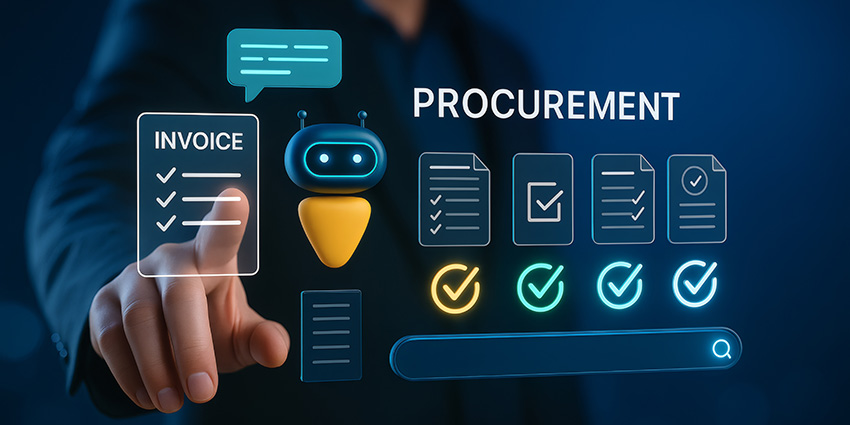Average handle time (AHT) has long been treated as a simple efficiency metric: how long, on average, does a service interaction take from start to finish? But beneath that seemingly benign number lies a myriad of associated costs eating into your budget. Understanding how AHT really works – and how today’s contact centre AI solutions are changing the game – is essential if you want to move beyond tactical cost-cutting toward smarter, sustainable value.
When “Just Faster” Becomes “Just Worse”
Historically, lowering average handle time was the gold standard of call centre productivity: shorter calls meant more handled interactions, and more handled interactions (so the logic went) meant lower labor costs. For years, contact centre operations focused on driving down talk time, hold time and after-call work (ACW) in pursuit of efficiency. But the mantra of “faster = better” carries a risk: push agents to cut corners, and you risk eroding first contact resolution, increasing repeat calls and ultimately weakening customer satisfaction.
Rebekah Carter, CX Today:
“Every contact centre leader wants to reduce average handling time. Yet business leaders are searching for smarter ways to reduce AHT without compromising on customer, employee and business outcomes.”
The Real Cost of Inflated AHT
So, what are the hidden costs linked to excessive handle time?
Labor inefficiency: Every extra minute an agent spends on a call means fewer handled contacts per shift. With staffing as your largest cost component, higher AHT directly inflates your cost per contact.
Customer churn and loyalty risk: Customers don’t just want faster; they want right the first time. If an interaction drags, they’re more likely to abandon the call, repeat the issue later or switch providers.
Agent burnout and attrition: When agents are under pressure to hit aggressive AHT targets, the quality of work suffers, stress rises and turnover increases. That adds hiring and training costs, and often higher AHT as new hires get to grips with systems.
Opportunity cost: A contact centre defined purely by service becomes trapped in a cycle of cost-control, missing opportunities to evolve into a revenue-oriented organisation.
Why Agentic AI Matters
AI is no longer a peripheral add-on to call centre operations – it’s fast becoming the backbone of smarter call centre productivity and customer experience (CX) strategy. Modern contact centre AI solutions help organisations move beyond tactical efficiency gains to achieve measurable improvements in service quality, speed, and scalability.
Here’s how AI can optimise your CX operation:
Real-time guidance for agents: AI listens to live interactions and offers contextual prompts, next-best actions, and dynamic scripting to help agents resolve queries faster and more accurately.
Automated summarisation and after-call work reduction: Intelligent summarisation tools automatically generate notes and CRM updates, cutting minutes from post-call wrap-up time.
Knowledge surfacing and retrieval: AI can instantly fetch relevant policies, product details, or past interaction data, reducing search time and cognitive load during customer calls.
Intent detection and smart routing: Calls and chats are triaged by AI before they reach an agent, ensuring that each issue lands with the right person or bot on the first try – driving down average handle time (AHT) and repeat contacts.
Quality assurance at scale: Instead of manual auditing, AI analyses 100% of interactions for compliance, tone, and satisfaction cues, helping leaders identify friction points that extend handle time.
Proactive coaching and training: AI-driven analytics flag skill gaps, coach agents in real time, and accelerate onboarding for new hires, which is key to long-term call centre cost reduction.
Predictive workload management: Forecasting algorithms predict call spikes and suggest optimal staffing or automation levels to sustain consistent call centre productivity.
Minimising Average Handle Time Costs
Minimising hidden AHT costs without sacrificing service quality requires a smarter, more holistic approach to performance management. Rather than fixating solely on average handle time, contact centres should reframe success metrics to include first-contact resolution, time-to-resolution, and customer effort – giving a fuller picture of efficiency and satisfaction.
Empowering agents with context is key – when they have access to unified cross-channel customer data and AI-driven recommendations, they spend less time searching for information and more time solving problems. AI-powered agent assist tools can further streamline operations by handling after-call work, drafting responses, summarising interactions, and routing issues intelligently.
Optimising training and onboarding through AI-driven coaching can also reduce the lengthy “high AHT” period that typically accompanies new hires. Finally, maintaining a balance between speed and quality is essential; incentives and goals should encourage thorough, customer-centric resolutions, ensuring that average handle time remains a useful measure, but not the only one used to drive great customer experiences.
The Smarter Path to Sustainable Efficiency
The conversation around average handle time (AHT) needs a refresh. It’s not enough to simply shave seconds off a call without improving the service your agents offer. The hidden costs of high AHT – efficiency loss, poorer CX, agent attrition – are real. But by embracing contact centre AI and the next gen of agentic AI, you can reduce call centre costs, increase call centre customer satisfaction and raise call centre agent productivity without compromise.
Efficiency is evolving — is your contact centre keeping up?
Find Out in Our Ultimate Guide to AI & Automation in CX







